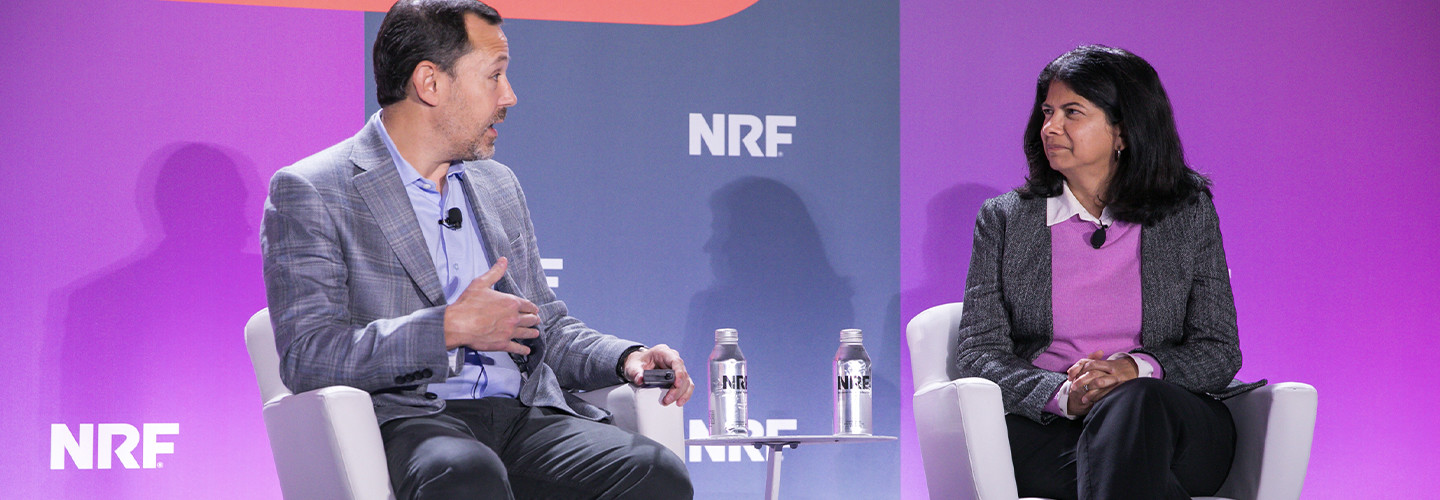Layer AI, AR, IoT and Data Analytics to Drive Growth
The more operational excellence a retailer achieves, the better the omnichannel experience. This is where combining AI, AR, machine learning, the Internet of Things and data analytics is key. Experts at NRF 2024 cited these as among the most successful strategies to drive competitive growth across the enterprise:
- Use AI to personalize customer interactions, whether on mobile apps or at in-store stations. AI-powered chatbots help customers navigate shopping spaces and answer queries fast.
- Leverage AR to let customers try on products virtually before making a purchase. With AR glasses, customers can connect the real world to a simulated one.
- Employ ML to analyze consumer behavior and preferences to offer personalized product recommendations.
- Connect IoT devices for smart inventory management, smart shelves and smart cameras. The IoT can support seamless connections between online and physical stores.
- Harness data analytics to gain valuable insights into customer trends to optimize inventory, pricing and marketing strategies.
WATCH: Experts share how generative AI is improving the customer service and in-store experience.
Leverage Your Data to Shift to a Customer-Centric Approach
For many retailers, every customer interaction is a touchpoint to collect data. “Data inserts a healthy dose of objectivity. Many times, I have an assumption or hypothesis and I am proven wrong,” Godbole said. In short, let data be your guide.
As retailers shift from a channel-specific approach to a customer-centric one, experts said that IT leaders must make sure that channels are talking to each other.
UP NEXT: Check out these use cases for augmented reality in retail.
Once data is routed to where it needs to go, retailers can use it to segment their omnichannel audience so that each “type” can be identified and targeted with more precision. The result, said Scott Rankin, global head of strategy at KPMG International and U.S. strategy leader at KPMG in the U.S., is “personalized experiences for each of your audience segments to accommodate different shopping behaviors.”
The customer who shops in-store and the one who orders products via iPhone are very different, and the data should inform that strategy. “You need to look for an opportunity to collect data and let the story unfold,” said Sneha Narahalli, vice president and head of product and user experience at Sephora.
Keep this page bookmarked for articles from the event, and follow us on X (formerly Twitter) at @BizTechMagazine and the official conference Twitter feed, @NRFnews.













